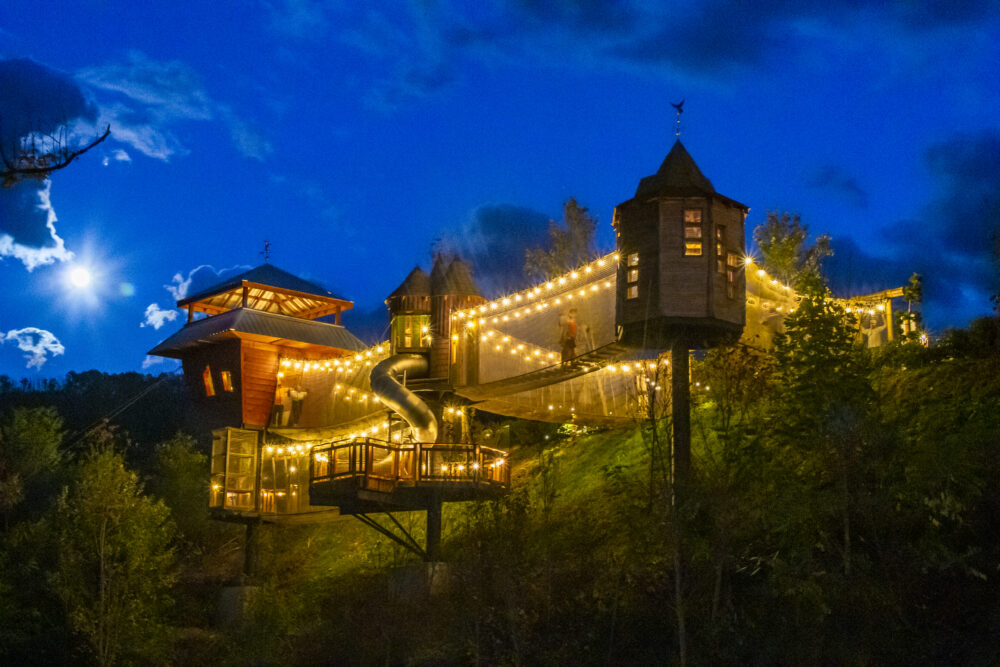When you think of exotic wildlife, your mind may travel to faraway nature parks in Africa and South America — but there’s a world-class wildlife reserve here in Tennessee, in the Smoky Mountains. Elk, coyotes, black bears, and bobcats are just a few of the animals that can be found throughout the national park, along with the majestic avian species that migrate through the Appalachian region each year. Here’s a guide to where and how to locate each one.
Elk
Elk sightings are fairly common in the Cattaloochee Valley, near Maggie Valley, as a herd of the species was reintroduced to this part of the Smokies in the early 2000s. Roughly 200 elk populate the area today, so hawk-eyed visitors have periodically caught sightings of the creatures, especially in the morning and evening.
Coyotes
Coyotes are among several canine species that inhabit the Cades Cove area of Smoky Mountain National Park, but due to their nocturnal schedules, it can be notoriously difficult to track these creatures down. Your best bet is to use your ears, rather than eyes, to seek them out; their shrill, piercing howls have been known to echo through Cades Cove.
Black Bears
Black bears inhabit so much of eastern Tennessee that they’re practically synonymous with the Smokies themselves. There’s no need to gravitate toward a specific valley or trail for a sighting (although Cades Cove and the Little River are known to attract larger groups) — it’s recently been estimated that there’s an average of two bears per square mile of the park.
Bobcats
Bobcats are highly camouflaged, as well extremely shy and reclusive, so your chances of spotting one are close to zero. If you’re intent on giving it a try, however, previous sightings have often occurred near the bear and coyote sightings, around Cades Cove.
Birds
Warblers, thrushes, sapsuckers, cuckoos, owls, and peregrine falcons are just a handful of the birds known to migrate to areas like Grotto Falls, Alum Cave, Mount LeConte, and Clingman’s Dome. Read up on your avian of choice before picking your birding destination— different species are attracted to different elevations and climate throughout the park.



